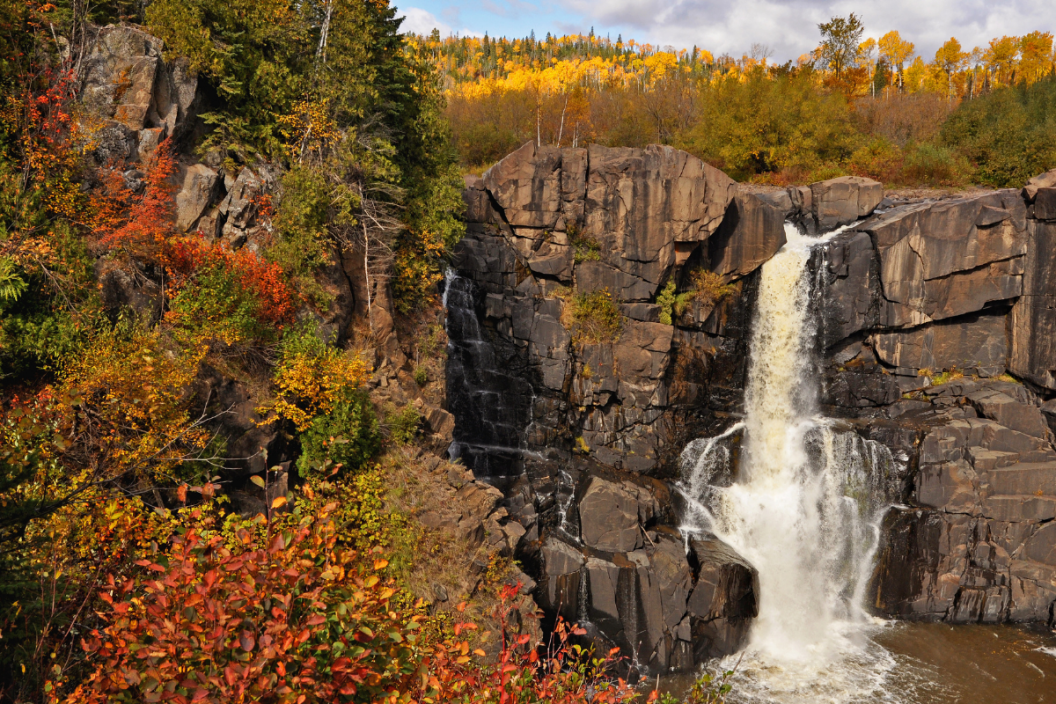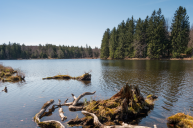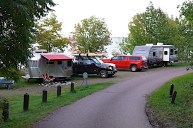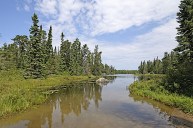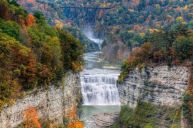Recreation and nature lovers flock to Grand Portage State Forest to enjoy the biking and hiking trails, waterfalls, cross-country skiing, multiple lakes, and endless vistas.
A vast expanse of land spanning the northeastmost corner of Minnesota, Grand Portage State Park has a layered and interesting history dating back far beyond when it became a state park. Before European colonists took over this region and it became the U.S./Canadian border (formerly British Canada), the home solely was home to the Anishinaabe (Ojibwe) Native tribe.
Grand Portage State Park
The Beauty (and Stories) of Grand Portage Forest
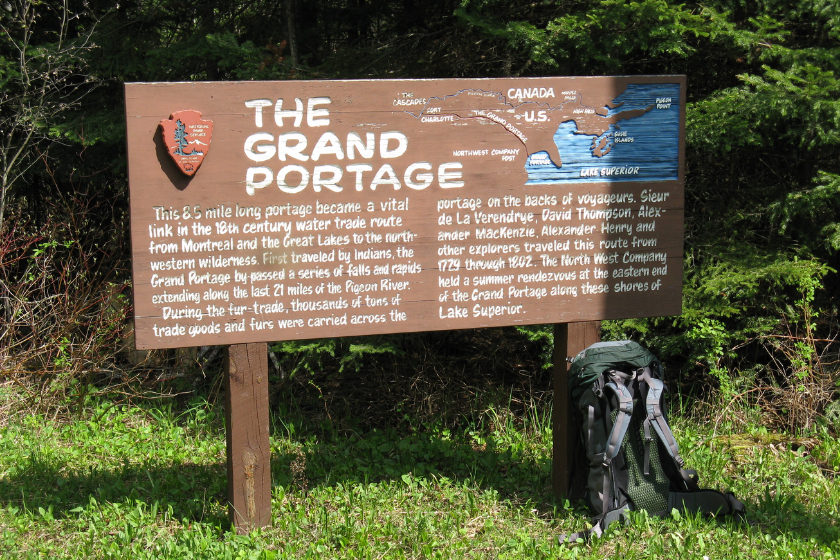
Xerxes2004 at English Wikipedia, CC BY-SA 3.0, via Wikimedia Commons
Today, the Grand Portage Band of Lake Superior Chippewa (Ojibwe) call the Grand Portage National Monument the center of their tribal government. Grand Portage stems from "Gichi Onigaming," meaning "The Great Carrying Place." This 8.5-portage was used by the Indigenous tribes and voyageurs to route from the north shore of the lake around the great High Falls, which is actually the largest waterfall in the state at 120 feet tall.
This transportation passage then served as vital for the fur trade between the Great Lakes region and inland Canada and Ontario. Fun fast, Grand Portage is the only state park in the country managed by both the state and native band on the Grand Portage Indian Reservation.
Managed by the Minnesota Department of Natural Resources (DNR), the incredible array of flora, fauna, wildlife, lakes and geological features found within this vast forest is unimaginable. Indeed a place to lose yourself in nature, this forest contains a majority of mixed hardwood with pops of white spruce, basalm fir, white pine, white cedar basalm, poplar, black ash, mountain ash, mountain maple, thimbleberry, and a few others. As waterfalls usually are the most impressive, the High Falls is one of the most remarkable features throughout the forest, along with the rugged and winding Pigeon River.
Forest Hiking & Recreation
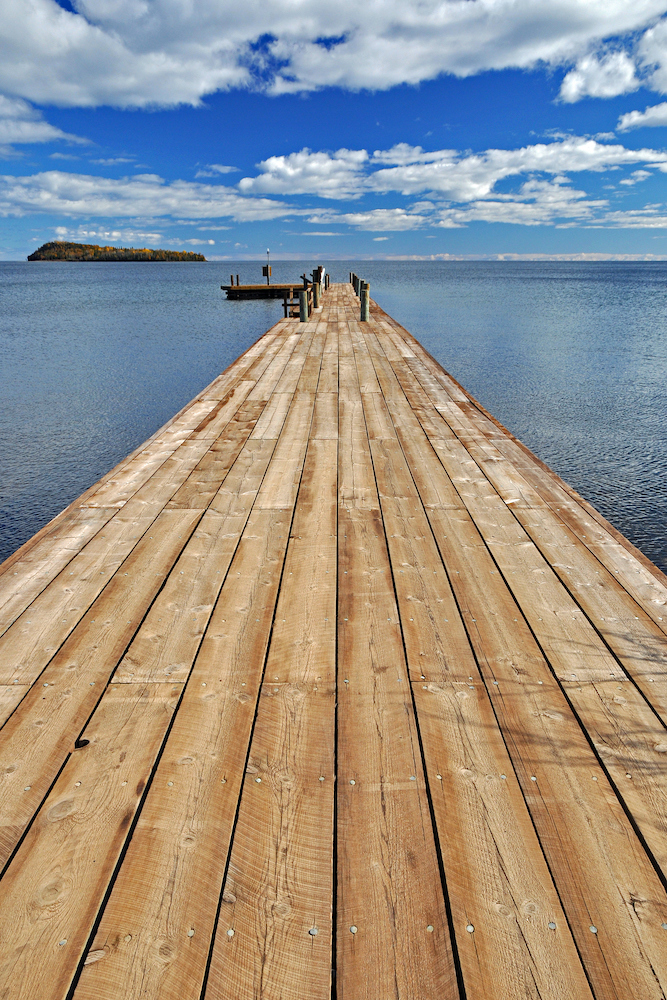
Todd Hogrefe via Getty Images
RELATED: Lose the Camping Crowds in Minnesota's Superior National Forest
The main attraction for hikers is the 0.5-mile leisurely stroll on a paved path and boardwalk to various viewing platforms to take in different angels of the famous High Falls and Pigeon River. Those looking for a further challenge can walk an additional 3.5 miles to the 30-foot Middle Falls. From specific vantage points, you can also catch far-off glimpses of Lake Superior and Isle Royale. In the wintertime, all trails can be used for snowshoeing.
The Grand Portage National Monument boasts 710 acres with the historic depot (71 acres on Lake Superior), the Fort Charlotte site on 98 acres, and the 541-acre Grand Portage that connects the previously mentioned two sites. All activities begin at the Heritage Center, which holds relics of the Anishinaabe Tribe and the following fur trade. Here's a full map of the area.
Grand Portage Lodging & Camping
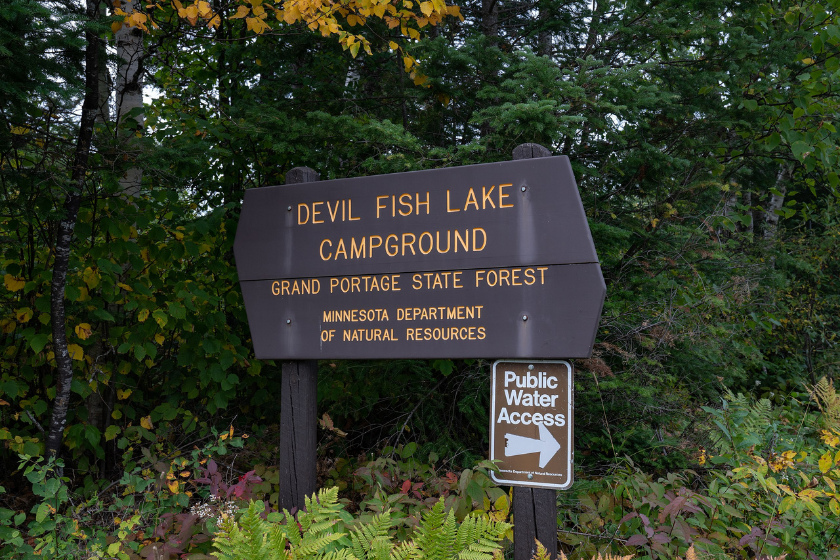
Tony Webster from Minneapolis, Minnesota, United States, CC BY 2.0, via Wikimedia Commons
Within The Grand Portage State Forest, there are multiple options for staying overnight under the peaceful night skies. The ground offers five campsites, a vault toilet, water access, fishing, and a dock. Esther Lake Campground has three campsites for primitive camping with lake access, a boat ramp, fishing, and hiking trails. The McFarland campground offers five camps, a vault toiler, access to McFarland Lake, and a dock on the edge of the Boundary Waters Canoe Area Wilderness and the Border Route Hiking Trail. All sites have no reservations and require zero fees, so first-come, first-serve is the name of the camping game here!
There is also dispersed camping allowed in state forests at least one mile outside of designated campgrounds (but obviously, you are responsible for doing without restrooms or camp services). In the summer, camping is limited to 14 days. The limit is 21 days between the second Sunday in September and the first Saturday in May in the winter. Two backcountry campsites are also available at Fort Charlotte - guests must register for the free permit online at least two weeks in advance.
The park entrance is on the west side of State Highway 61 before you reach the U.S. Customs Station on the Canadian border, about 36 miles north of Grand Marais, Minnesota. Find additional accommodations and lodging in the Cook County cities of Grand Marais or north in Thunder Bay, Ontario.
Rendezvous Days & Pow Wow
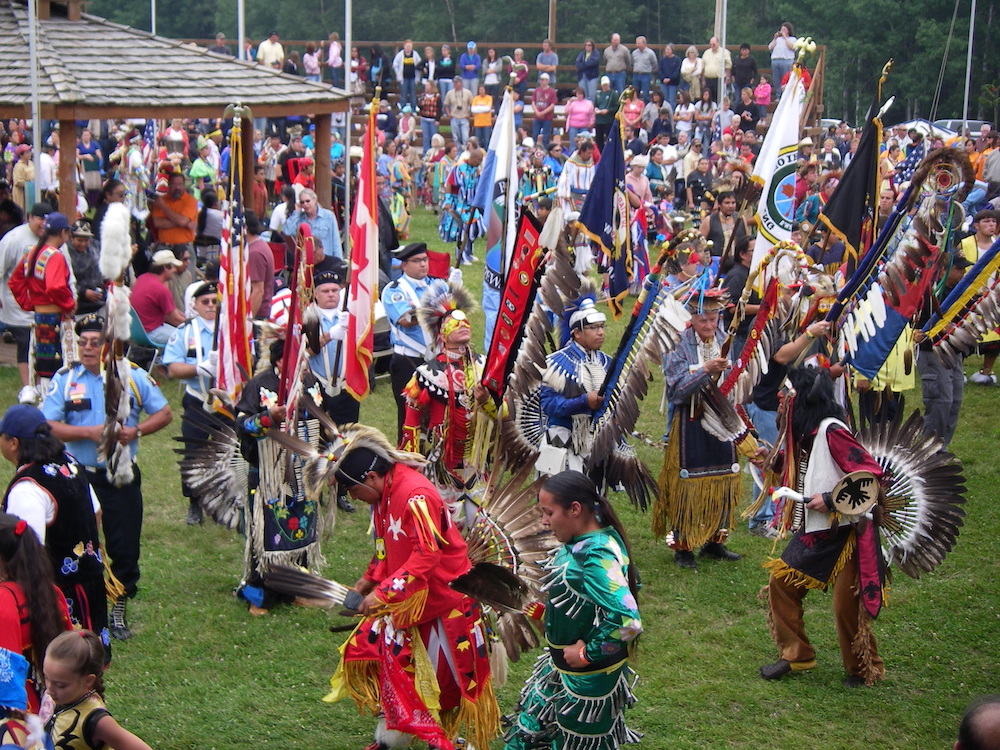
Wpwatchdog, CC BY-SA 3.0, via Wikimedia Commons
A yearly event that brings in thousands together in the second week of August, the Rendezvous Days & Pow Wow is a beautiful way to truly download the culture and history of the area. Summer activity peaks when the North West Company Rendezvous fuses with the Rendezvous Days Pow Wow, sponsored by the Grand Portage Band of Lake Superior Chippewa (Ojibwe).
Nearby Attractions Worth Checking Out
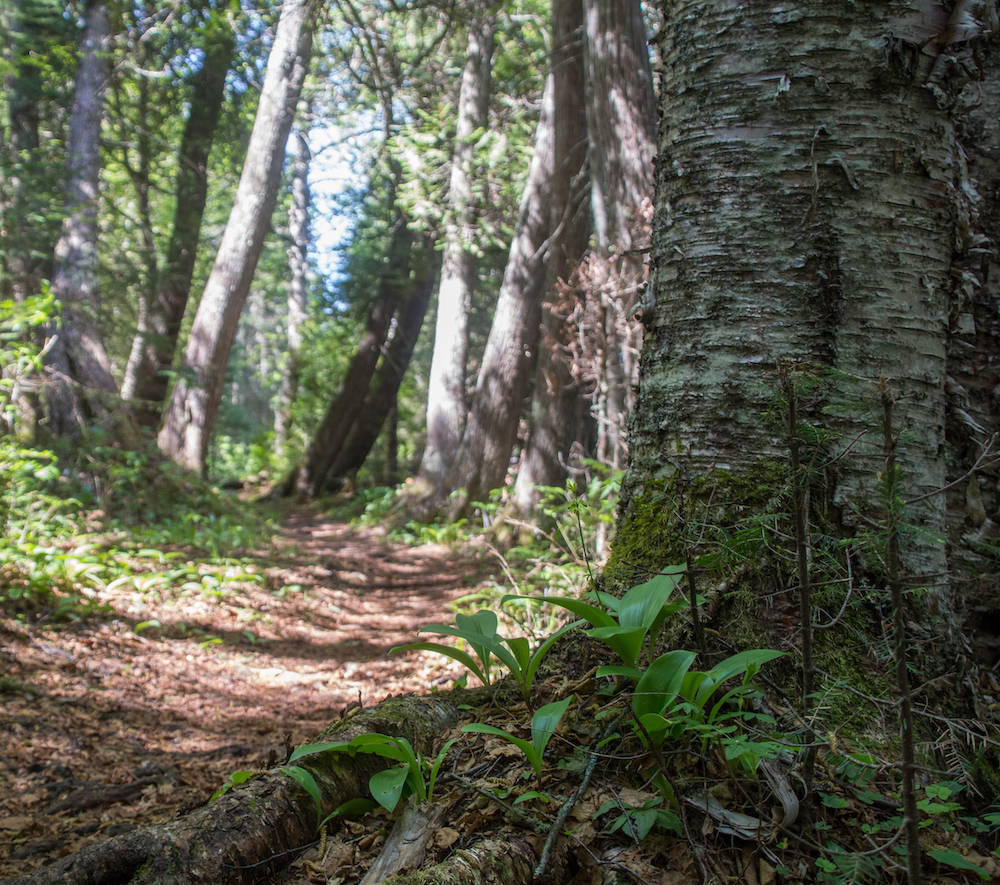
Kyle Kempf via Getty Images
While you're in the area, plan a few days' adventure to Minong (known to Westerners as Isle Royale). A place of long-endeared traditional heritage for the Grand Portage Band, this secluded island is a mecca for hunting, trapping, maple sugaring, plant harvesting, fishing, and spiritual appreciation of the land.
Other outdoor places to explore in the area include Judge CR Magney State Park, Kadunce River State Park, and other Arrowhead region wonders like the 260-mile Superior Hiking Trail, the Hovland Woods SNA, and the Brule River State Forest. Read our complete guide to Isle Royale National Park.

An avid adventurer and lover of all things outdoors and travel, Sydney Paschall has explored and discovered as many beautiful places as she can, with extra time spent in Oregon, Colorado, and driving up and down the west coast. Now based in Austin, Sydney focuses her time on writing, social justice, activism, living more mindfully, and staying active to optimize the mind, body, and soul. Instagram: @_sydshine
Share your favorite state parks in your state with us on our Wide Open Roads Facebook!
READ MORE: 7 Reasons to Visit St. Paul, Minnesota: America's Coziest City
